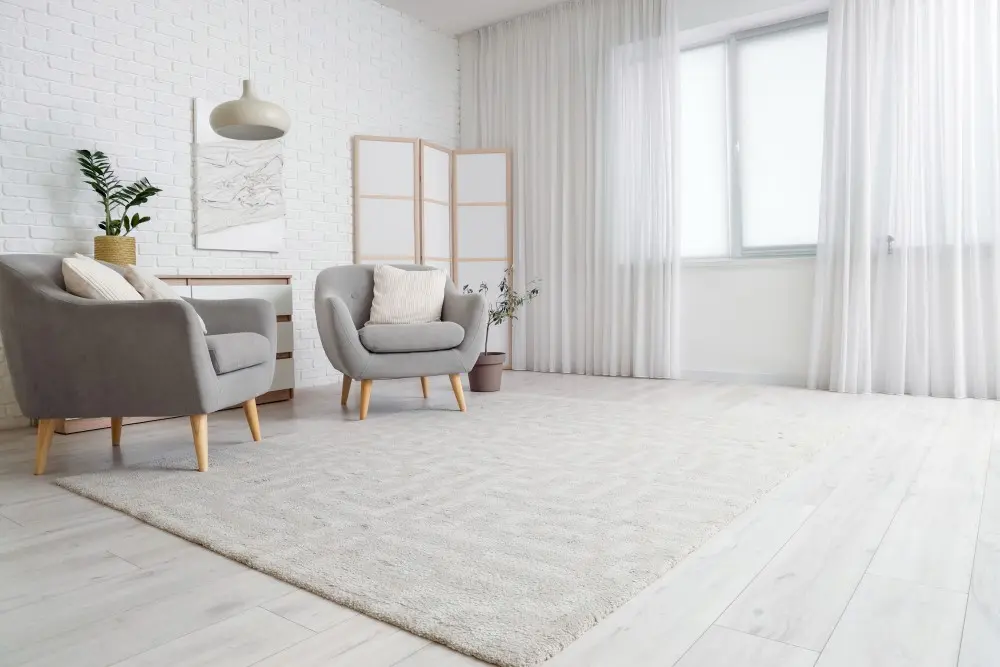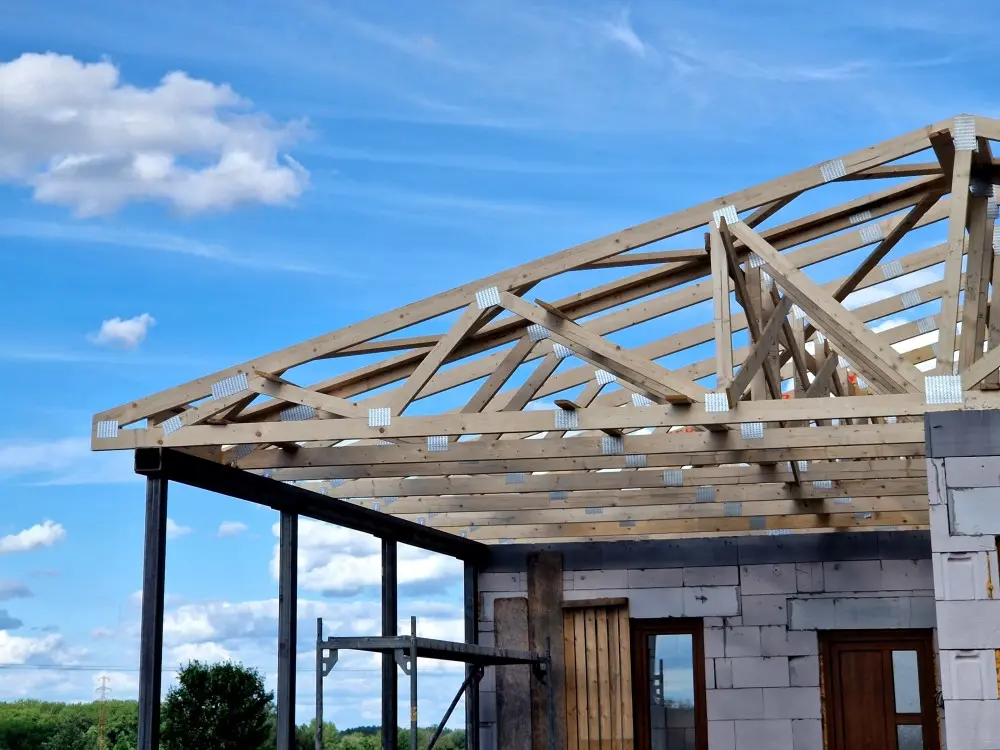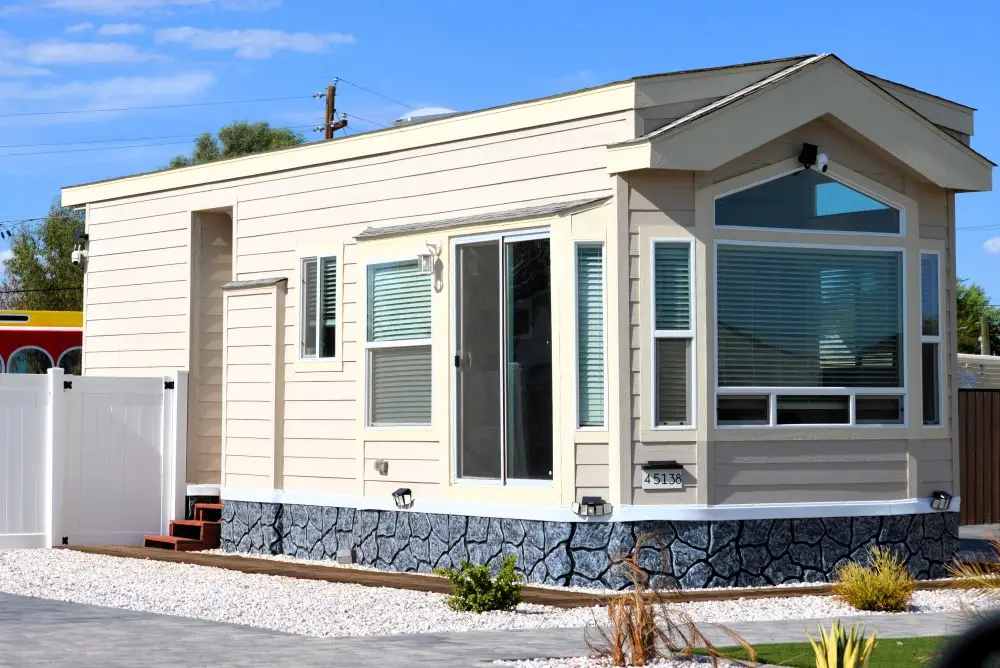Every successful home project starts with a clear understanding of the rules that shape safe and livable spaces. From new construction to thoughtful renovations, adhering to local standards ensures that properties are valuable and functional for years to come.
Homeowners often find that paying attention to details early in the process prevents challenges later. Whether you’re upgrading an existing space or adding something new, keeping an eye on building code compliance in San Diego is a smart first step. In this guide, our team at Streamline Design & Permitting will walk you through all the legal requirements you need to know before getting started.
What Is Considered a Bedroom in California?
Under the California Building Code, a legal bedroom is generally recognized as a private, habitable space primarily intended for sleeping. To qualify, it must have a separate entrance, sufficient privacy, and comply with minimum health and safety standards. In addition to state requirements, local building codes may impose further conditions related to windows, egress routes, or built-in storage before a room can be legally designated as a bedroom.
Any property owners considering home remodeling, planning a room addition, or designing an ADU in California must ensure compliance with these definitions for both permitting and future property valuation.
Does a Bedroom Have to Have a Closet in California?
No, the state of California does not specifically require a closet for a spare room to qualify as a legal bedroom. However, some cities may have stricter rules, so always confirm with your local building codes before moving forward.
In many cases, alternatives such as built-in storage, alcoves, or wardrobes are acceptable. Even if a traditional closet isn’t required, adding one can increase property value and make the space more appealing to buyers or renters.

Minimum Bedroom Size in California
California law requires that a legal bedroom must be at least 70 square feet. Each side of the room must measure at least 7 feet.
For example, if a room is 7 feet wide, it must be 10 feet long to qualify. While 70 square feet is acceptable for a smaller bedroom, many homeowners prefer larger dimensions for comfort, especially when the space will serve as a primary or spare bedroom in an ADU or rental property.
Egress Requirements: Doors and Windows
Every legal bedroom must include a safe exit called an egress. This ensures that anyone inside can leave quickly in case of an emergency, such as a fire.
An egress can be either an entrance door or a window. If a window is used, it must meet specific standards. The opening must be at least 5.7 square feet, and the bottom of the window cannot be more than 44 inches above the floor. Any decorative windows placed too high, such as skylights or transoms, don’t qualify as a proper egress.
Minimum Ceiling Height Standards
A legal bedroom in California must have a minimum ceiling height of 7 feet 6 inches. There is some flexibility for sloped ceilings, particularly in older homes or attic conversions. At least half of the room must meet this minimum height.
Adequate ceiling height improves comfort, allows for better air circulation, and increases safety in the event of a fire.
Heating and Ventilation Requirements
Each legal bedroom must have a permanent heating source that can maintain a temperature of 70 degrees Fahrenheit measured at 3 feet above the floor.
Portable space heaters don’t qualify as a permanent solution. Acceptable heating options include central HVAC systems, wall-mounted heaters, or baseboard units.
Ventilation is also essential. Legal bedrooms must have operable windows or a properly designed HVAC system that ensures air circulation. This helps maintain healthy indoor air quality and prevents issues such as mold or excessive moisture. The California Building Code works with the International Residential Code to establish clear guidelines for ventilation and comfort.
Natural Light and Minimum Window Size Requirements
Legal bedrooms must also meet minimum standards for natural light. The California Building Code requires that at least 8 percent of the floor area be provided as window space.
For example, a 100-square-foot bedroom must have at least 8 square feet of glazed window area. Skylights and glass doors can be used when traditional wall windows aren’t possible. This rule is designed to ensure that legal bedrooms feel bright, welcoming, and livable.

Why Does Compliance Matter?
Meeting legal bedroom requirements in California provides several key benefits:
- Permit approvals depend on compliance with building codes.
- Property value increases when all legal bedrooms are recognized as legal living spaces.
- Safety and comfort are enhanced by proper ventilation, egress, and heating.
Ensuring Your Bedroom Meets California Legal Requirements
Successful projects depend on more than just design and comfort. They require careful attention to regulations that shape homes that are safe and livable. Legal bedrooms that meet all the legal requirements not only provide peace of mind but also strengthen property value and support long-term investment goals.
Whether you’re exploring home remodeling, planning a room addition, or moving forward with an ADU project, working with experienced professionals can simplify the process and reduce your stress. Let’s work together to help you navigate your project. Contact our experienced team today to learn how we can help guide your plans.











